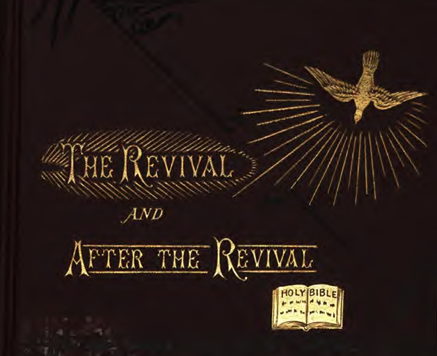This is a world of “revivals.” In the kingdoms of nature, where there is life, there is a law of revival. Though autumn brings death to fields and forests, the following spring brings new life.Barren branches bear leaves and blossom again. The seed dropped into the soil dies, but it dies so that it may live in other seed-bearing forms. The robin’s song ceases among the branches, but after the silence of winter, with the buds, come the birds. The fall of the year finds no bleating lamb in the meadow, but when the tender grass sprouts, “the little white sheeplets” rest and rollic in it. By alternations of growth and decay the vegetable and animal kingdoms hold their own and, on the whole, go forward.
In the many-sided social kingdom, where men live out the hidden mysteries of the soul in business, in politics, and in literature, we see the same alternations: the swing from zeal to apathy, from apathy to zeal, from diligence to indolence, and back again to diligence. Fluctuation is the law of all human affairs. There are ” ups and downs” in all things. Homes have them. Lovers learn to interpret them. The political history of every country is a history of decline and revival. In all departments of trade, revivals occur. Whether they are normal or abnormal, whether necessary steps in a universal progression or reactions from a culpable neglect. The fact remains that every-where human nature is familiar with movements known as revivals ; and wise men recognize, study, and utilize these phenomena that the greatest good may come out of them.
By J. H. VINCENT
Updated 2023 Nathan Zipfel

